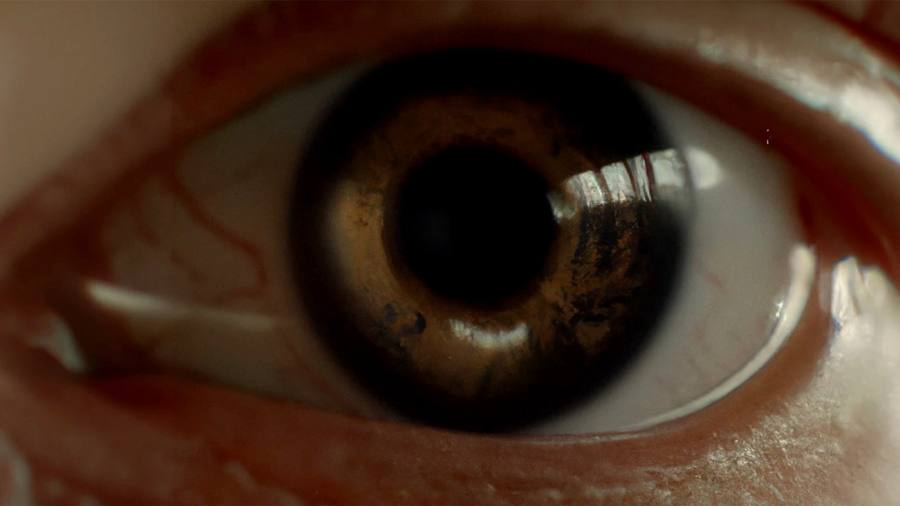Receive free Virtual and Augmented Reality updates
We’ll send you a myFT Daily Digest email rounding up the latest Virtual and Augmented Reality news every morning.
Back in 1970, a Japanese engineering professor called Masahiro Mori wrote an intriguing paper suggesting that a person’s response to a robot would shift from affinity to revulsion the more lifelike it became. He called this phenomenon the “uncanny valley”.
Children may love toy robots, which are hard to confuse with a living creature. But we feel much more uneasy when we see physical robots — or nowadays digital avatars — that closely resemble humans and realise they are not human.
What happens, though, when our artificial creations become so convincing that they pass through the uncanny valley to the other side? For better or worse, we may soon find out, in the digital world at least.
The release of powerful generative artificial intelligence image-creation tools, such as Dall-E 2 and Runway, has enabled the creation of some striking synthetic videos starring counterfeit humans, even if they are not yet good enough to be mistaken for the living thing.
Take The Frost, an experimental 12-minute film produced by the Detroit-based video company Waymark about environmental catastrophe. A human writer fed a script into Dall-E 2, which then generated every shot in the film. The result is an entertaining, if jarring, movie about stranded explorers in Antarctica that still looks more like an animated film than reality TV.
So unnerved are scriptwriters and actors by the growing use of AI that in the US they have gone on strike. They are calling for restrictions on the use of the technology by Hollywood studios and streaming services. But some independent film-makers at the Runway AI film festival in New York earlier this year raved about the possibilities of using generative AI models to accelerate the speed, reduce the costs and extend the creative possibilities of making films. “This is an incredibly exciting time. We have not seen anything like it,” said the film-maker Paul Trillo.
In spite of recent advances in the technology, we are still a long way from generative AI being able to make entire films such as this summer’s hits Barbie and Oppenheimer. But these models are already being used to help create quirky music videos and commercial advertisements for the likes of Bud Light, Uber, Nike and Terry’s chocolate.
Some, such as Synthetic Summer, a surreal beer commercial produced by the London company Private Island that became an internet meme earlier this year, played up the weird imperfections of the technology as drinkers’ faces fused with their beer bottles. Exploring the uncanny valley can be an amusing experience, especially when drunk.
More disturbingly, some politicians are also using generative AI to synthesise images. In June, the campaign team of the Florida governor Ron DeSantis released a video with apparently fake photos of Donald Trump embracing Anthony Fauci, the former chief medical adviser demonised by many Republicans for championing Covid lockdowns.
The costs of rapidly producing targeted videos at mass scale have plummeted. And the likelihood that such images will proliferate during the US presidential campaign has increased following the decision this week by X, formerly known as Twitter, to scrap its four-year-old ban on political advertising.
Wasim Khaled, co-founder of Blackbird AI, a New York state-based start-up that helps counter misinformation, tells me we have already blown through the uncanny valley when it comes to still images. A survey by the Syzygy Group media company in Germany this year found that only 8 per cent of respondents correctly identified the photograph of a real human face when lined up against three other AI-generated images. It is only a matter of time before moving images pass through the uncanny valley, too.
But Khaled suggests that the internet has long warped our perceptions of reality anyway. The images of people we see most often are probably Photoshopped Instagram photos or touched-up covers of film stars in magazines and these are used to train AI. “AI is not a representation of humanity. It is a representation of the digital version of humanity, which is an aberration or an exaggeration of what we are,” he says.
That raises the possibility that we may be entering a world in which artificial versions of reality appear more real than reality itself. Alarming though that sounds, it would not strike some artists as odd. As Pablo Picasso once said: “Everything you can imagine is real.” And machines are inexorably extending the boundaries of our imaginations.
Read the full article here



